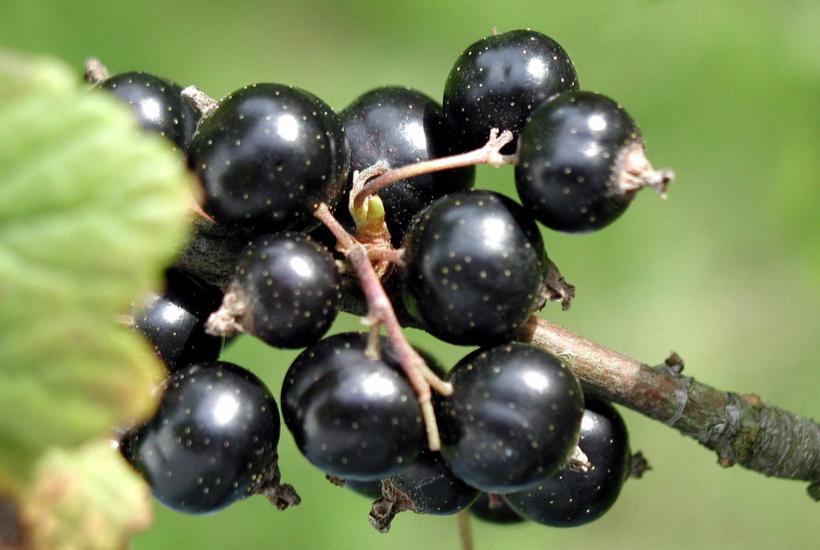As the days shorten and the crisp air of autumn settles in, gardeners often turn their attention to currant bushes, preparing them for next year’s harvest.
Autumn care isn’t about pushing growth — it’s about helping the plant recover from the season, forming healthy buds, and storing energy for spring.
Using the right nutrients at the right time can make all the difference, while the wrong approach can waste effort and resources.
Why Phosphorus and Potassium Are Best Avoided in Late Autumn
It’s common to see gardeners applying phosphorus and potassium under currants in autumn, but experts caution against this after September.
By then, currant bushes are entering dormancy and can no longer absorb these nutrients.
Any phosphorus or potassium added at this stage simply washes away with rain or melts into the soil, doing more harm than good.
Until September, it’s safe to alternate nitrogen feeds with superphosphate.
Once October arrives, switch to gentle, slow-release natural fertilizers that nourish the roots over the winter months.
Best Late-Autumn Fertilizers for Currants
After the leaves have fallen and before the ground freezes, organic fertilizers provide the greatest benefit.
Experienced gardeners recommend burying compost or well-rotted humus under the bushes.
These natural options not only feed the plant but also improve soil structure and build a nutrient reserve for spring growth.
It’s best to work in stages — October, November, and even December — as long as the soil is workable.
Apply small amounts each time and distribute them evenly around the root zone.
Using Manure and Poultry Droppings Safely
Fresh cow manure and chicken droppings are nutrient-rich options that can give currant bushes a noticeable boost.
When using these, apply in multiple small rounds and lightly cover each layer with soil, repeating the process after a month.
Place these fertilizers along the outer perimeter of the bush, keeping at least 20–30 cm from the stem to avoid burning the roots.
Chicken manure is especially concentrated and can harm the plant if applied too close to the base.
Comparing Common Organic Feeds
| Feed | Composition and Benefits | When to Apply | How to Use |
|---|---|---|---|
| Compost | Supplies nitrogen and humus; improves soil structure | October–November | Bury in a 5–7 cm layer around the bush |
| Well-rotted humus | Rich in nitrogen and potassium; boosts spring shoot growth | October | Mix with soil when backfilling |
| Cow manure | Contains calcium, nitrogen, phosphorus | October–December | Scatter, cover with soil, apply in several rounds |
| Chicken manure | Highly concentrated source of nitrogen | Only diluted | Place at the edge of the root zone, bury and cover |
How to Apply Fertilizers Correctly
Start by clearing weeds and fallen leaves around the bush. Dig a shallow trench 10–15 cm deep around the root circle.
Evenly distribute your chosen organic feed, backfill the trench, and gently tamp the soil.
Afterward, water the bush with warm water to kick-start decomposition, allowing nutrients to gradually reach the roots and nourish the plant through winter.
Common Mistakes and How to Avoid Them
-
Mistake: Using mineral fertilizers late in autumn
Consequence: Nutrients leach away, wasting effort
Alternative: Opt for organic matter like compost, humus, or manure -
Mistake: Placing fresh manure or poultry droppings directly at the stem
Consequence: Root burn and potential plant loss
Alternative: Keep fertilizers 20–30 cm from the base and cover with soil -
Mistake: Applying all fertilizer in a single October session
Consequence: Nutrient shortage in spring
Alternative: Apply in stages over October, November, and December
Feeding Currants the Right Way
Autumn is the perfect time to gently nourish currant bushes.
By using organic matter before the ground freezes, you ensure that roots absorb nutrients slowly and steadily, giving the bush the strength to wake healthy and productive in spring.
Share on Facebook «||» Share on Twitter «||» Share on Reddit «||» Share on LinkedIn
